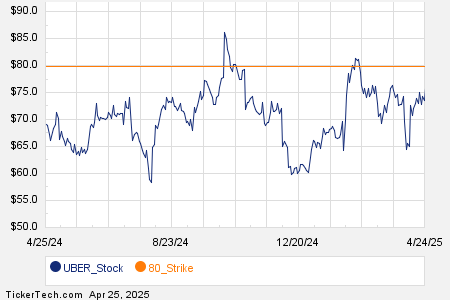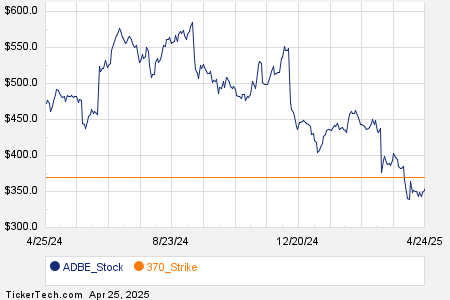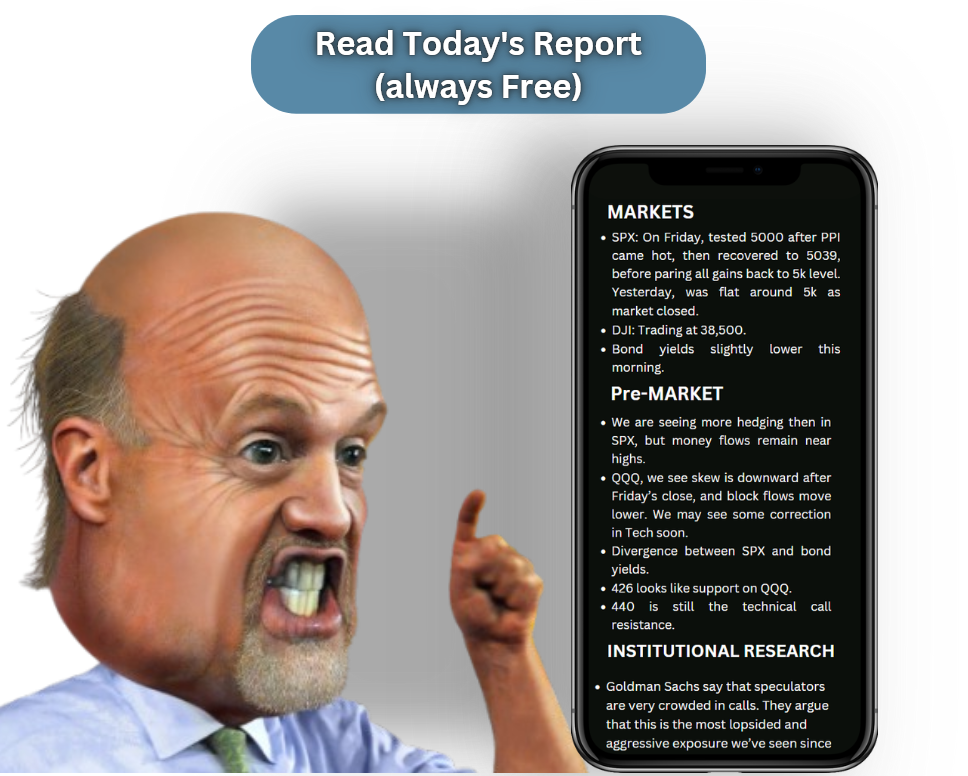The Quantum Computing Hype Faces Reality Check
Quantum computing captured significant attention recently, as stocks surged following Alphabet‘s (NASDAQ: GOOG) Willow announcement. Many investors turned to microcap stocks, driving their prices to new heights.
NVIDIA CEO Questions Quantum Timeline
The excitement quickly shifted as NVIDIA (NASDAQ: NVDA) CEO Jensen Huang expressed skepticism about the industry’s immediate potential. His remarks triggered a steep decline in quantum computing stocks. According to S&P Global Market Intelligence data, IonQ (NYSE: IONQ) saw a 32.3% drop this week, while Quantum Computing (NASDAQ: QUBT) fell 48.7% and D-Wave Quantum (NYSE: QBTS) dropped 36.9%.
Start Your Mornings Smarter! Wake up with Breakfast news in your inbox every market day. Sign Up For Free »

Image source: Getty Images.
Impact of Huang’s Comments
This sell-off coincided with Huang’s comments during a Q&A session at CES in Las Vegas. When asked about quantum computing’s future, he estimated that it may take 15 to 30 years before “very useful” quantum computers are realized. His direct quote indicated a possibility of 20 years being a more widely accepted timeline.
“If you kind of said 15 years for very useful quantum computers, that’d probably be on the early side. If you said 30, that’s probably on the late side. But if you picked 20, I think a whole bunch of us would believe it.”
Notably, Huang did not rule out the potential of quantum computing entirely. He mentioned that NVIDIA collaborates with nearly all major quantum computing firms but suggested that expectations for immediate revenue growth might be overly optimistic.
The Speculation Behind Quantum Valuations
Although Huang faced backlash from quantum computing enthusiasts, his viewpoint raises valid concerns about the viability of current valuations. Despite reaching multibillion-dollar market caps before this week’s downturn, IonQ, Quantum Computing, and D-Wave reported a collective revenue of under $50 million in the last year.

IONQ Market Cap data by YCharts.
Current fundamentals do not support these valuations, which is typical for emerging technologies. The pressing question is when quantum computing will transition to a sustainable business model.
IonQ’s Revenue Aspirations
IonQ’s CEO, Peter Chapman, responded to Huang’s skepticism by stating that he believes IonQ can hit $1 billion in annual sales by 2030. Nevertheless, this estimated revenue would signify a relatively small operation. Based on this forecast, IonQ trades at seven times its potential future revenue.
Chapman further highlighted the competitive landscape, noting that tech giants, including NVIDIA, have collectively invested $50 billion in quantum initiatives. While IonQ may focus solely on quantum, it may not become the largest player in the field in the coming decades.
Assessing the Risks and Rewards
Potentially groundbreaking, quantum computing stands poised to create numerous successful businesses. However, the current landscape poses considerable risks, given the scant revenue and practical applications at this stage.
After significant gains over a brief period, it’s not unexpected to witness sharp stock pullbacks, which we’ve seen with quantum computing stocks recently. As viable commercial applications may still be a decade away, further declines in these stocks could lie ahead.
Investment Considerations for IonQ
If you’re thinking about investing $1,000 in IonQ, take a moment to reflect:
The Motley Fool Stock Advisor analyst team recently identified their picks for the 10 best stocks to buy right now, and IonQ did not make the list. The chosen stocks show potential for sizable returns in the years ahead.
For perspective, if you invested $1,000 in NVIDIA on April 15, 2005, when it was recommended, that investment would now be worth approximately $858,668!
*Stock Advisor returns as of January 6, 2025.
Suzanne Frey, an executive at Alphabet, serves on The Motley Fool’s board of directors. Travis Hoium has positions in Alphabet. The Motley Fool also has positions in and recommends Alphabet and NVIDIA. For more information, view our disclosure policy.
The views and opinions expressed herein are those of the author and may not reflect those of Nasdaq, Inc.



